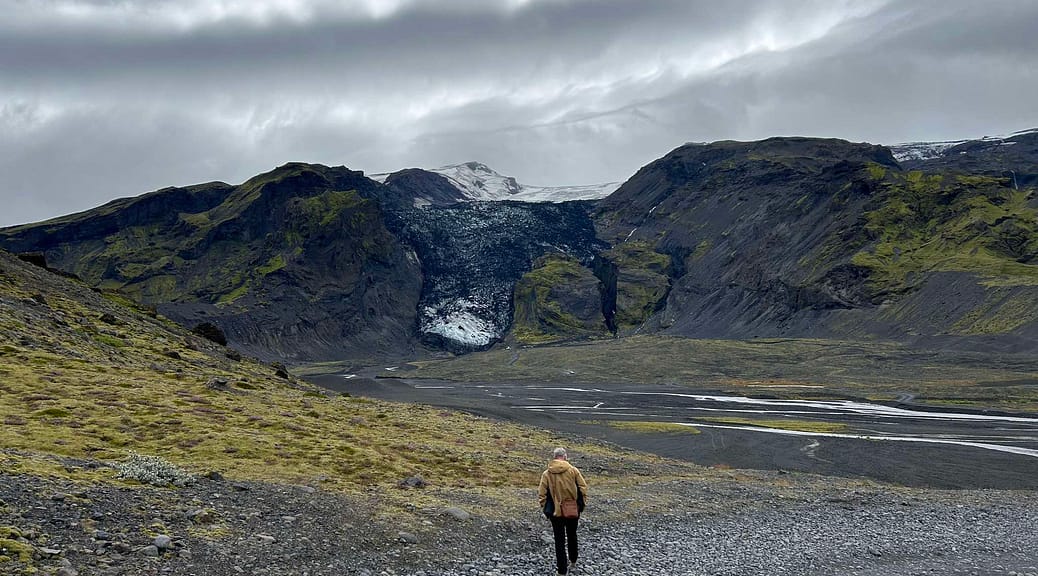Excursions
Tour 1 – Reykjavik and Perlan
Price: 12.700ISK
Tuesday from 8 am-12 am
Ticket to the show in Perlan is included in tour price.
The tour of Reykjavik features a 2-hour stop at Perlan where we view a brand new, curated interactive nature exhibit. https://perlan.is/is
We point out the most important places in Reykjavik and tell you about the interesting things happening in the city.
“I visited Perlan’s new show yesterday, December 28, 2024 and was in awe. It was an educational visit to say the least. I am really excited to show both new and returning Islek participants our capital and Perlan during Islek2025. Lilja Petra, dancer, fiddler and guide in ÞR.”
More info from the Perlan website: https://perlan.is/
“At Perlan, visitors can explore Iceland’s rare and awe-inspiring natural wonders through a series of exhibits and immersive presentations. Cutting-edge technology and interactive experiences mixed with captivating information and stories make the exhibits both fun and educational.
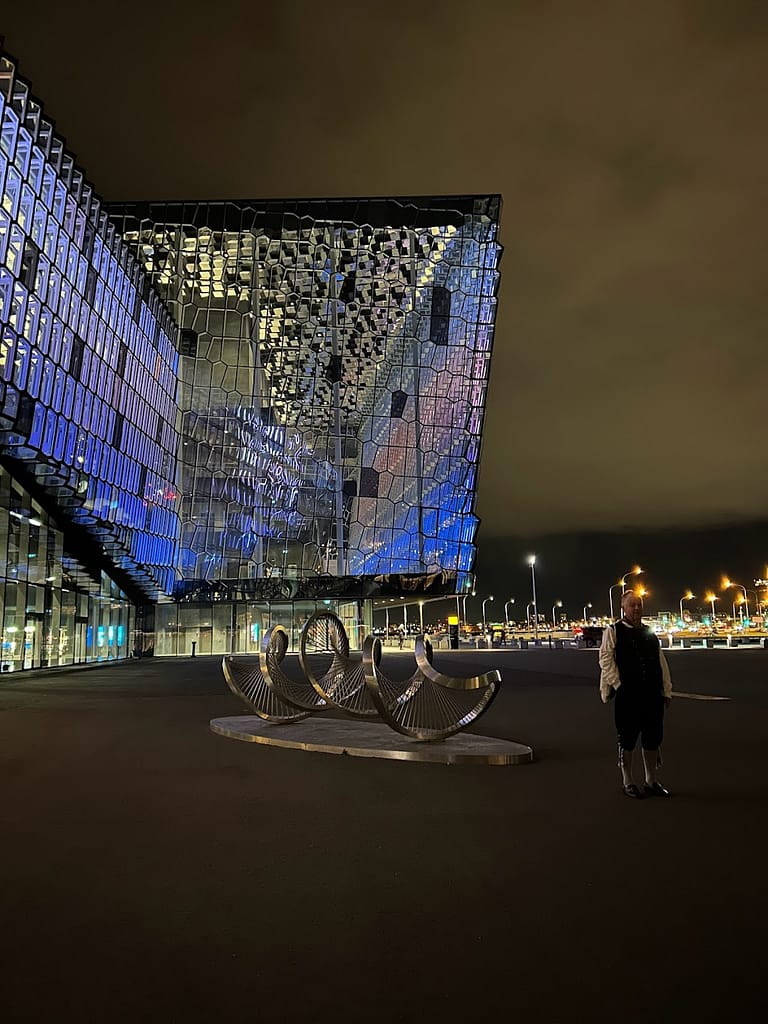
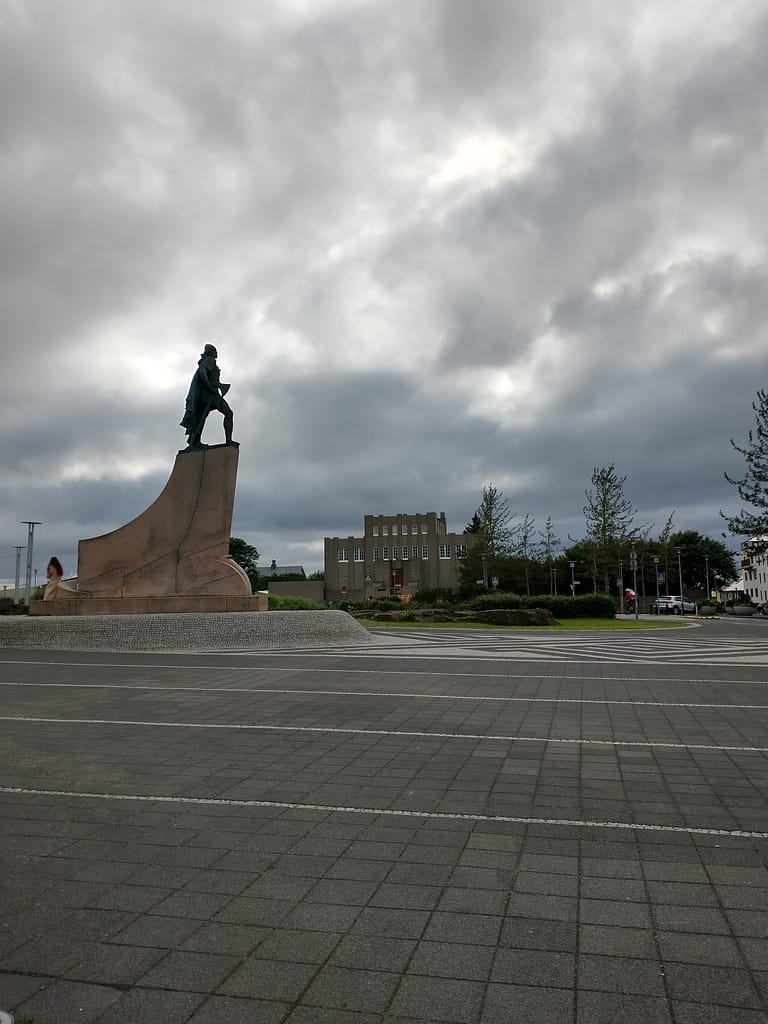
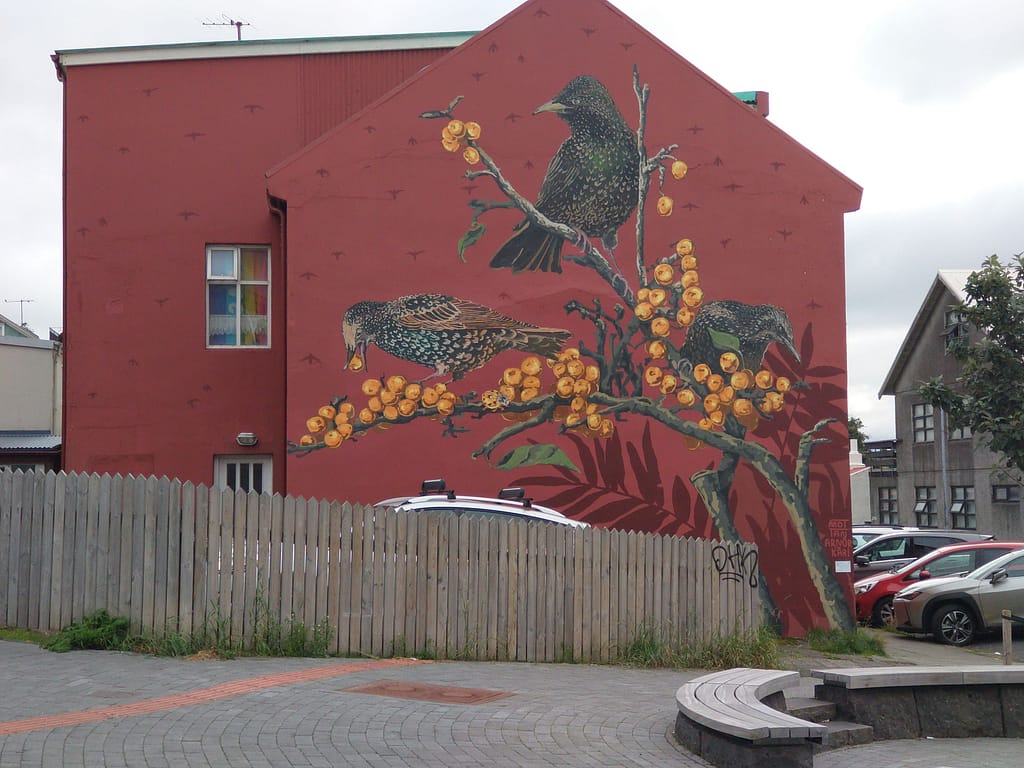
Tour 2 – The Golden Circle, Thingvellir, Gullfoss, Geysir
Price: 13.400ISK
Thursday 08.00-18.00
The first stop will be in Skálholt with its rich history and beautiful church.
We visit Ullarverið: https://www.ullarver.is/
The tour then crosses Hvítá at Brúarhlöð.
Brúarhlöð is a narrow gorge on the river Hvitá about three kilometers south of the Golden Waterfalls (Gullfoss). The river has shaped the rocks into beautiful pillars and formations over the centuries. The name of the rocks is Breccias (Hyaloclastite).
Gullfoss is one of our most beautiful and most visited waterfalls.
The Geysir Geothermal Area will be the next stop with Strokkur erupting every 10 minutes.
The last stop of the day is Thingvellir, where the Althingi was founded in the year 930. In 2004, Thingvellir was designated a UNESCO World Heritage Site.
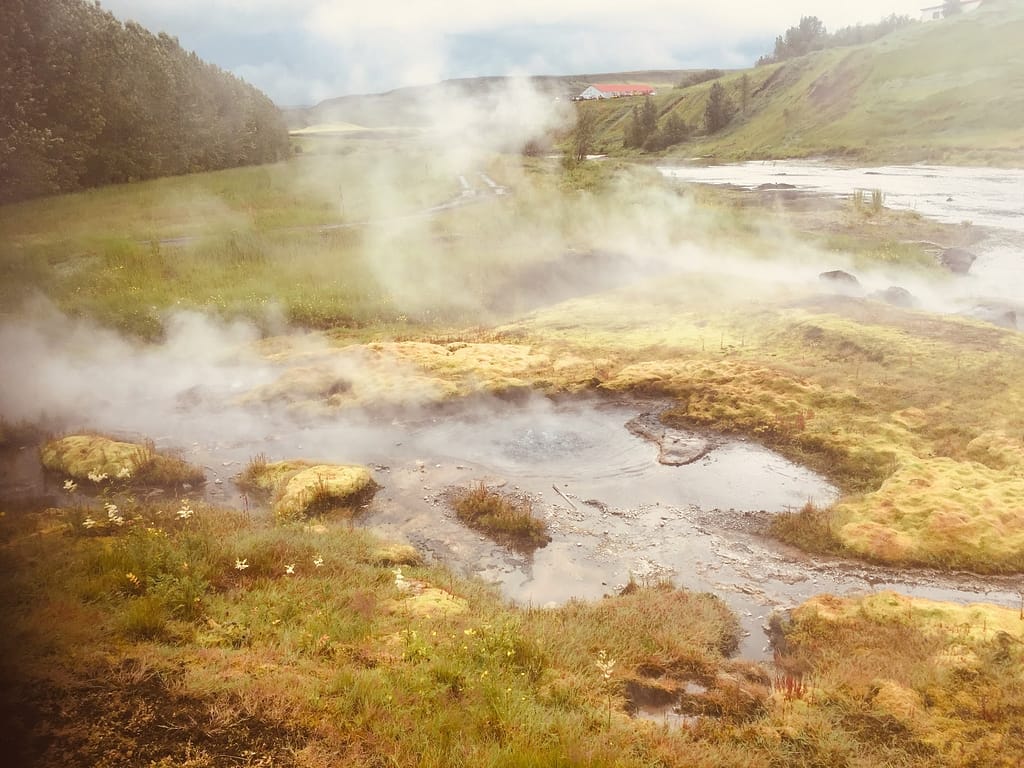
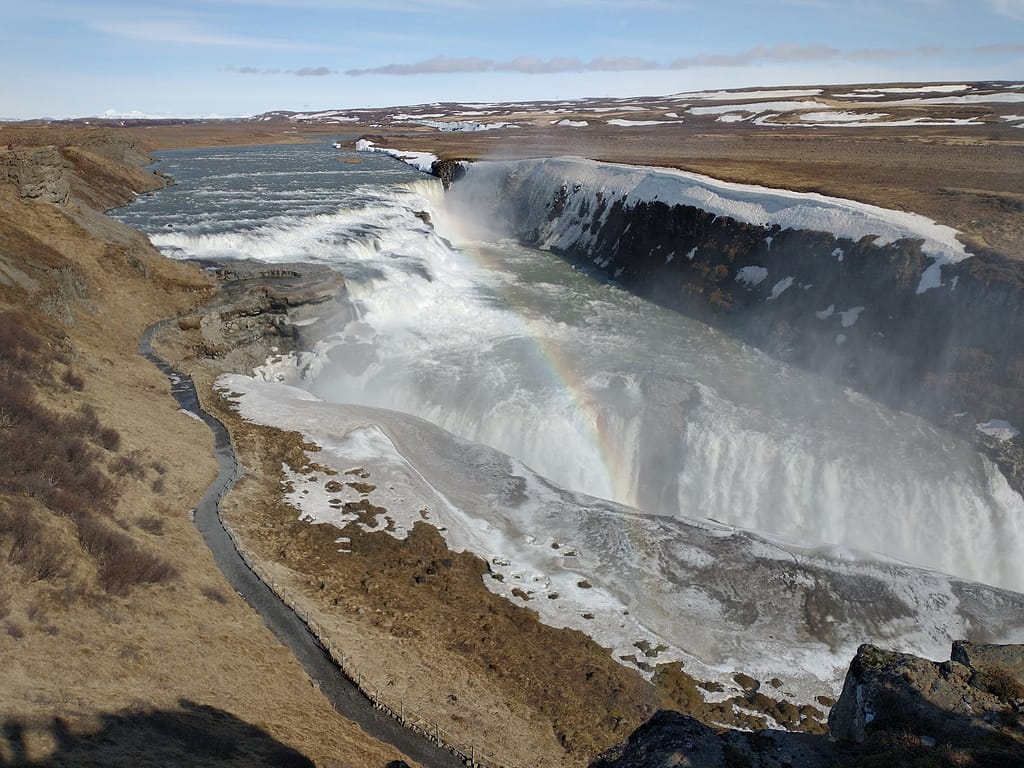
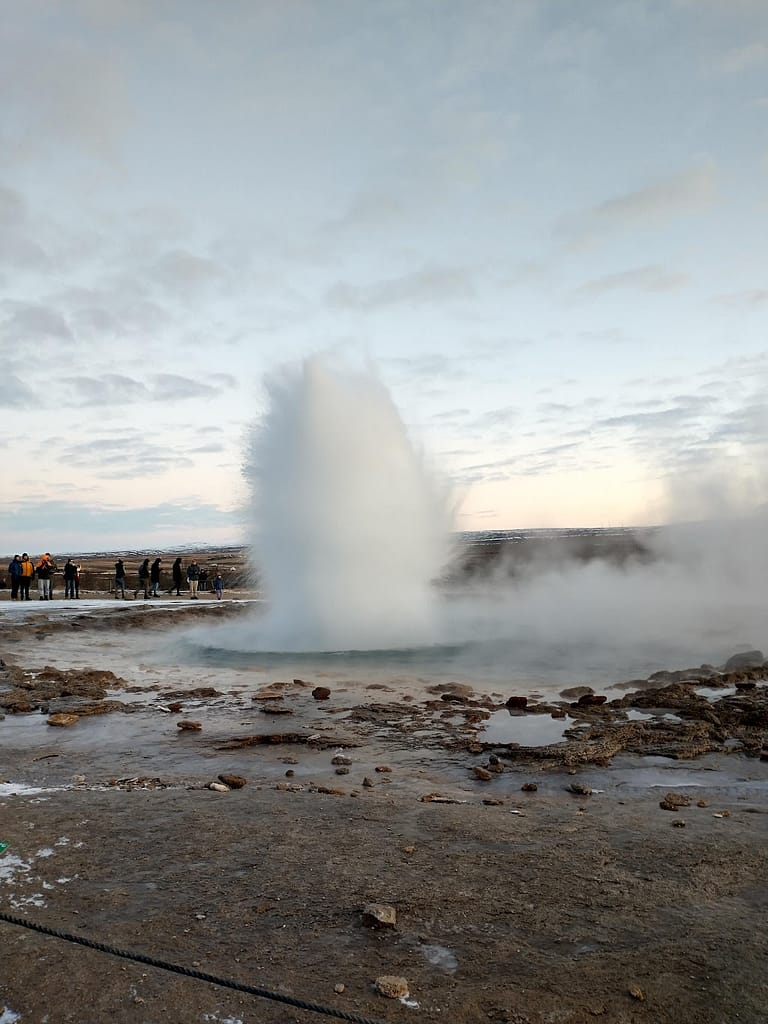
Tour 3 Þingvellir/Langjökull – Cancelled due to insufficient participation
Price: 45.000ISK
Thursday at 07:00- 17:30
The tour begins from Reykjavík to Reykholt, Snorri Sturluson’s home in 1206. From Reykholt, the tour continues to the Hraunfossar and Barnafoss waterfalls.
There will be a lunch break, where lunch is provided, and then the trip continues to Húsafell, where we get into a specially-equipped monster truck, drive up the Langjökull glacier and hike into man-made caves in the ice.
After the glacier adventure, the tour crosses Kaldidalur to Thingvellir National Park, which is on the UNESCO heritage list.
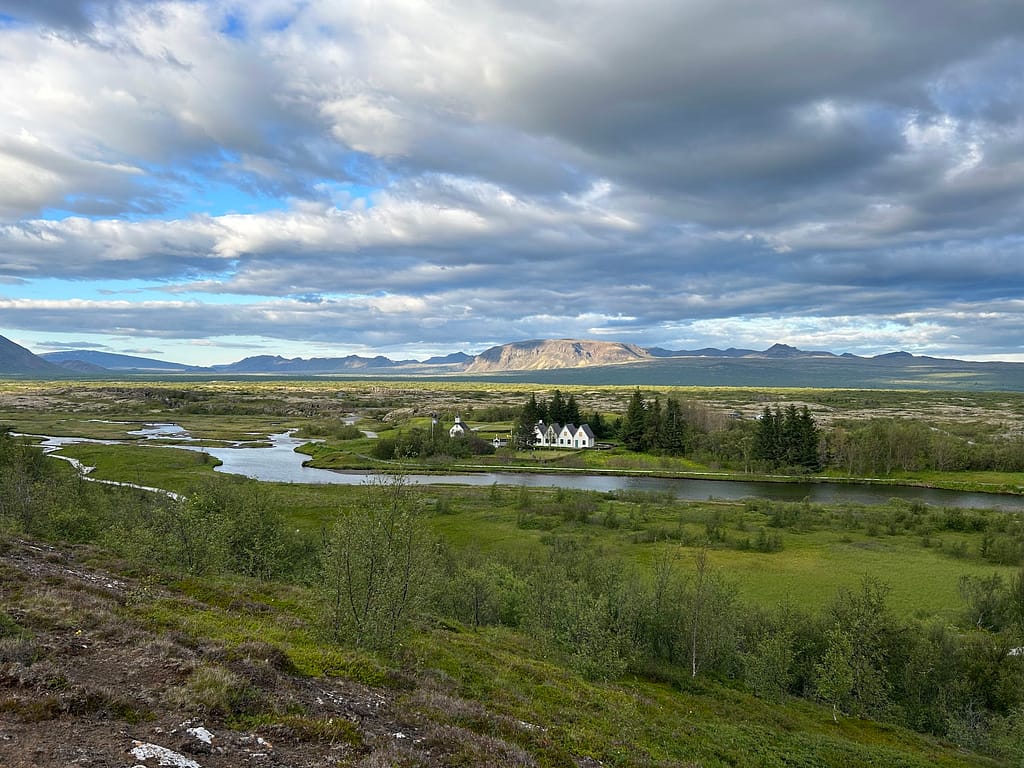
Tour 4 – Þórsmörk – Cancelled due to insufficient participation
Price: 21.000ISK
Thursday from 07:00 to 17:00
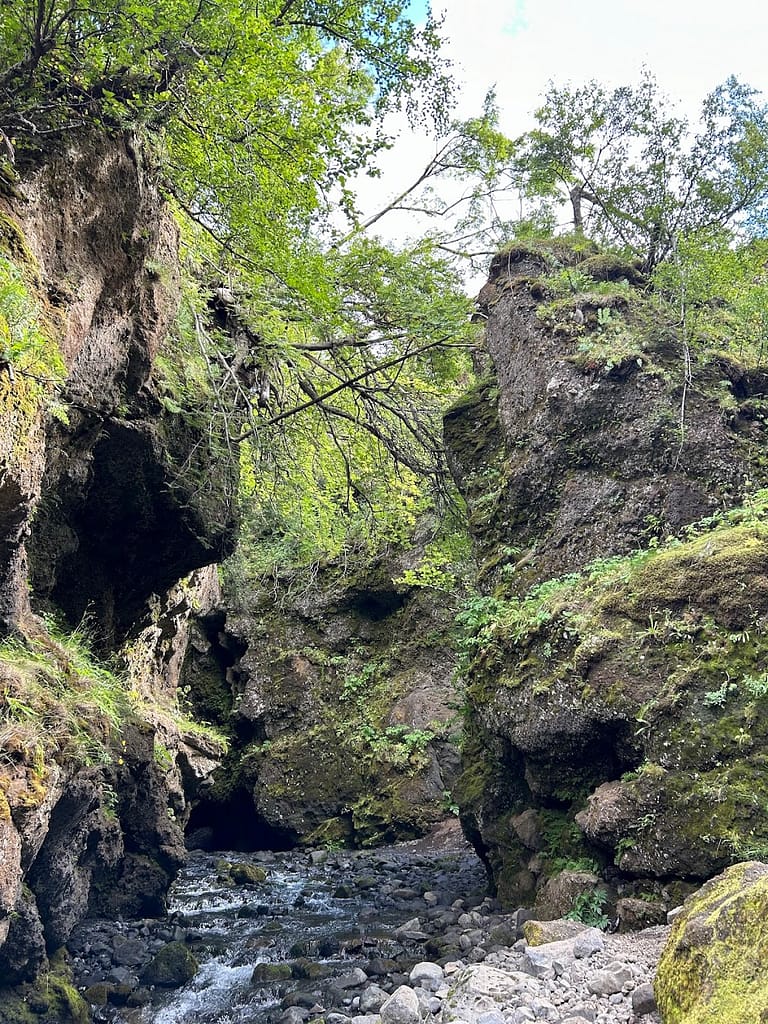
The tour features Þórsmörk, a natural paradise named after the mighty pagan god Thor.
The tour begins journey by a drive over the mountain Hellisheiði towards Selfoss, Hella, and Hvolsvöllur where there will be a short stop. The tour will visit the beautiful waterfall Seljalandsfoss,
where you can walk behind the waterfall
The main attraction is Þórsmörk, a nature reserve protected in three ways by glaciers, mountains and icy rivers. For these reasons, it can often be difficult to get to Þórsmörk, with the exception of four-wheel drive cars.
There are a number of small ravines and valleys, covered by low birches, creating seemingly endless possibilities for nature lovers. You will find more than 170 plants, mosses and lichens in this lush area, which was a fjord about 12,000 years ago.
On the way back, there will be a stop and a trip into a narrow gorge at Stakkholtsgjá, a magnificent and breathtaking view.
After returning, the trip concludes with a drive to the meeting point in Úlfarsárdal.
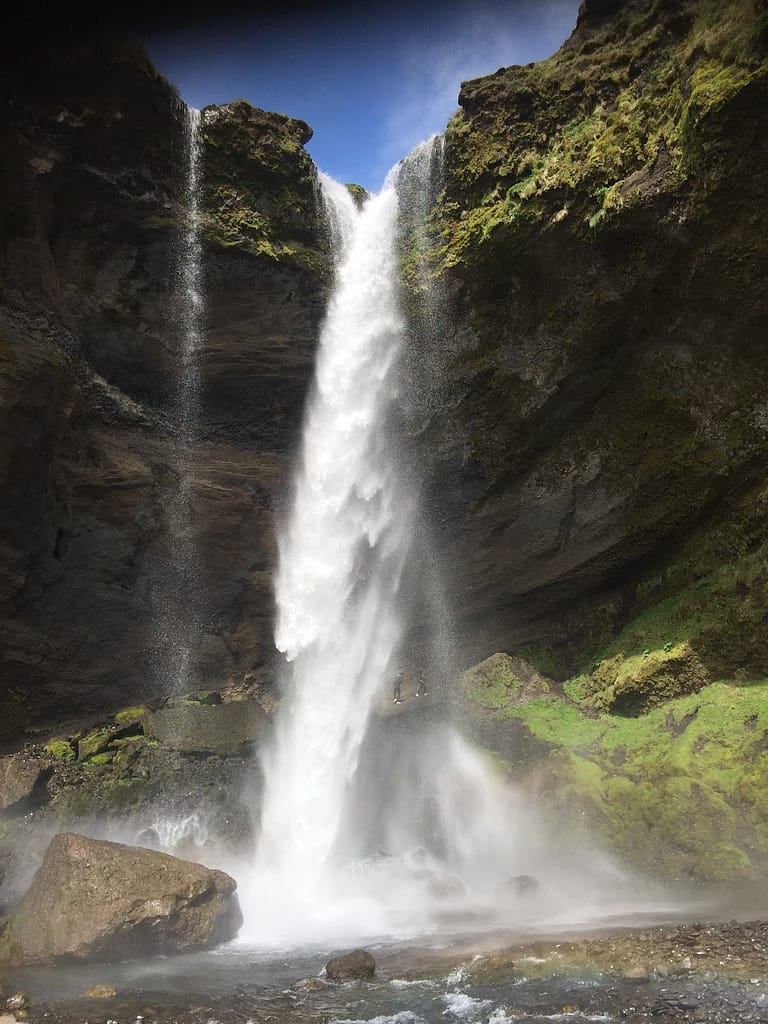
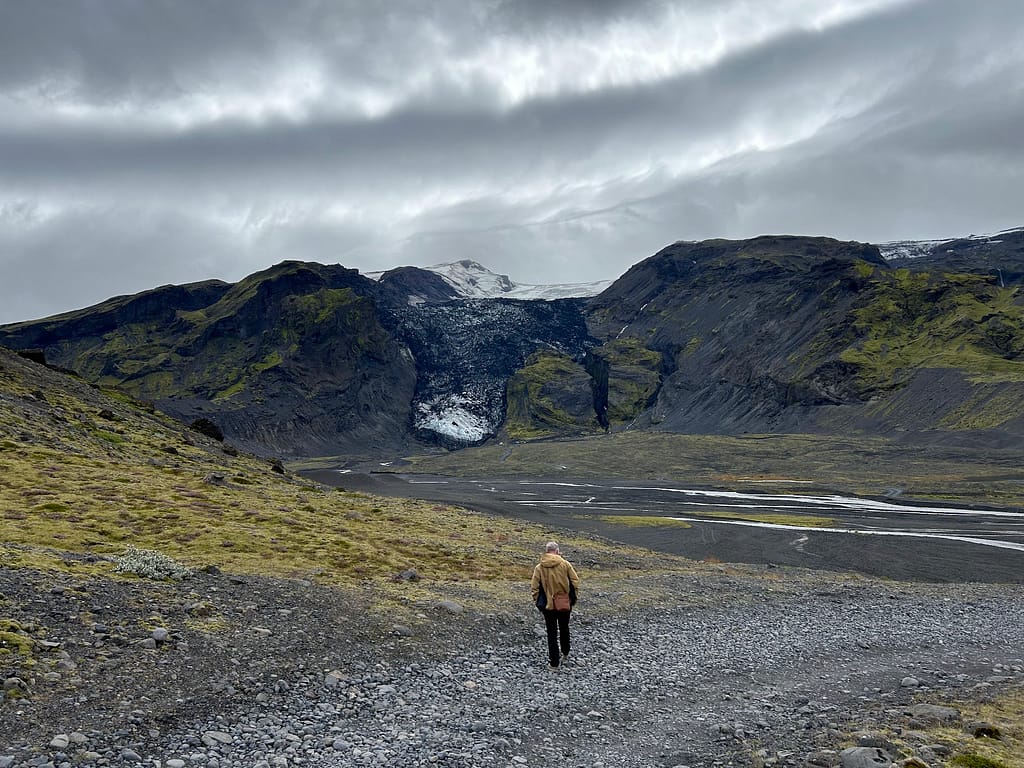
Tour 5 – Reykjanes volcano experience
Price: 25.000ISK
Thursday from 08.00-18.00
On a cold winter’s day on March 19, 2021 at 8:45 p.m., the Reykjanes peninsula woke up to life after 700 years of sleep.
This was the first of so far 9 eruptions and hundreds of thousands of earthquakes in the area near Grindavik (as of November, 2024). The first 3 eruptions were in the Fagradal volcanic system and the others in Sundhnúkagigar (Svartsengi system). We expect new eruptions during the winter time of 2024-2025.
Due to how alive the country is right now, we cannot predetermine the exact location of the tour. But we can promise that you will see volcanoes, lava, steam springs, and possibly a lava cave and that safety guidelines will be followed.
The tour begins with a drive via Hafnarfjörður to Seltún, Krýsuvik.
In the Krýsuvík system, there is a high temperature zone with steaming fumaroles and metamorphism on the surface.
Sulfur was mined in Krýsuvík in the years 1754-1763 and 1858-1880. According to contemporary sources, 72.5 tons of sulfur were exported from Krýsuvík in the 18th century.
The tour then goes towards Grindavík and the area around the Blue Lagoon.
On November 10, 2023, 3,600 residents had to evacuate Grindavik. The town was more or less shut down for a year. If the road is open when the trip goes, we will see the aftermath of the eruption in Grindavik, the lava, and the protective ramparts around the village.
If not, we head east along the beach to Þorlákshöfn and Raufarhólshellir (lava cave).
On the way home, depending on availability, there may be a chance to visit the Hellisheiði geothermal power plant near the Hengill volcano.
In Iceland, a lot of green energy is used, originating from geothermal hot water, we’ll see how it’s managed.
Lunch will be provided on the way.
It is important to wear warm clothes and hiking shoes when walking on volcanic terrain and inside caves. Please plan accordingly.
Tour 6 – Horse riding from Laxnes
Price: 16.000ISK
Tuesday and Saturday 15 and 19 July
Pick up from school at 9am
The riding tour begins with pick-up at Dalskoli and a bus ride to a horse farm. The horses and participants will then be prepared for the trip, and then taken on a guided riding tour.
After the ride, the participants are driven back to Dalskoli in Úlfarsárdal.
A trek on the hardy, safe Icelandic horse is an experience to remember. Whether you are a beginner or an expert, old or young, these friendly horses with their lively and willing natures are truly a pleasure to ride in their natural surroundings.
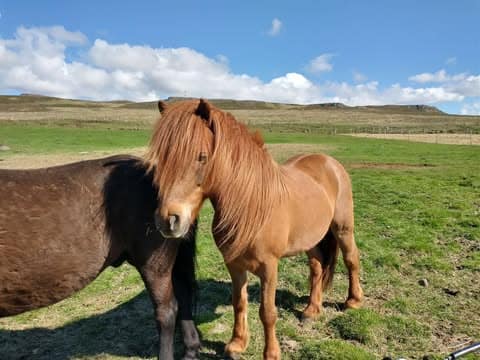
Tour 7 – Wool, craftsmanship, and nature surround the Southcoast. – Cancelled due to insufficient participation
Price: 24.000ISK
Thursday from 08.00-18:00
Max 30 people
In Iceland, there are around 400,000 sheep that in the summer graze on the mountains.
The wool of the Icelandic sheep has a distinctive combination of inner and outer fibres. The outer fibers are long, tough, and water-resistant, while the inner ones are fine, soft, and insulating, which provides high resistance to cold.
We will follow the wool-making process from wool trap to finished yarn skein, and to knitted and woven garments.
The first stop of the trip is at a beautiful waterfall, Urridafoss. Urriðafoss is the lowest waterfall in Þjórsá. The waterfall tumbles out of a fault platform in the Hreppa Formation. The average flow of Þjórsár at Urriðafoss is about 360 cubic meters per second (m³/s). The height of the waterfall is 6 meters at its highest.
Landsvirkjun (Icelandic energy company) has plans to build the Urriðafoss power plant at the waterfall. Water will then be supplied in tunnels east of Urriðafoss and the waterfall will almost disappear.
From the waterfall, the trip continues to the other side of the fast flowing river Þjórsá to Uppspuni. where we meet Hulda who owns and runs a mini spinning mill and yarn shop.
We stay for an hour and learn about her work.
From Uppspuni, the trip heads north to the next stop at
Fjarhúsloftið, Nina’s sheep house loft, just 10 minutes’ drive from the hotel.
Nina weaves bridles from hand-spun wool and she sells embroidery yarn, goat wool, and more.
She breeds sheep that have gray tones in the wool, like the Gotland sheep.
We then stop at the Landhotel and eat soup and bread before heading to Þjófafoss, a waterfall in Þjórsá and experiencing magnificent nature near the Hekla volcano. We then continue towards sands and power plants and drive via Þjórsárdalur to Selfoss.
The last stop will be in the Hespuhúsið, where we will see how the wool is dyed.
Tour 8 – South coast, waterfall, museum and power plant – Cancelled due to insufficient participation
Price: 24.000ISK
From 08.00-17.00
Max 50 people
There are countless waterfalls in Iceland and most of our electricity comes from hydropower.
We will look at some beautiful waterfalls during the day but we will also see and learn about volcanoes and earthquakes.
First, however, we stop at a beautiful waterfall, Urridafoss. Urriðafoss is the lowest waterfall in Þjórsá. The waterfall tumbles out of a fault platform in the Hreppa Formation. The average flow of Þjórsár at Urriðafoss is about 360 cubic meters per second (m³/s). The height of the waterfall is 6 meters at its highest.
Landsvirkjun plans to build the Urriðafoss power plant at the waterfall. Water will then be supplied in tunnels east of Urriðafoss and the waterfall will almost disappear.
From the waterfall we move to Hvolsvöllur, which is located on the edge of the Katla geological park. There is Lavacentre where you can learn about the volcanoes, earthquakes and hopefully look at the mighty Njalurefill.
After the show in Hvolsvöllur we drive to Landhotel for lunch.
Then we make our way to Þjófafoss, a waterfall in Þjórsá and enjoy magnificent nature near the Hekla volcano. We then continue towards sands and power plants and drive via Þjórsárdalur to Selfoss.
Our last stop will be in central Selfoss
